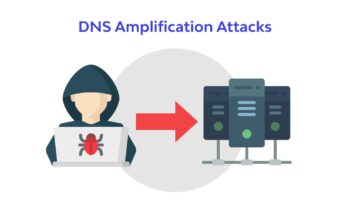Many factors drive PCB trace width, style, and length. Many circuit applications have specific trace layout characteristics that go into PCB design. What is PCB trace width? Why is it important? The connection of electric signals digital, analog, power between two points or junction is PCB trace. The test point, empty pad, component pin refer to the junction. One-thousandth of an inch or mils are units of measurement. Seven to twelve mils constitute value. The application drives PCB trace width design. It is a trade-off concerning performance, PCB cost, board density. If the design requirement of high current or voltage, noise mitigation, speed optimization, then PCB trace width design takes precedence over PCB cost or fabrication cost. Fabrication costs of PCB increase if PCB trace width is less than five mils, the spacing between traces is less than five mils, via hole diameter less than eight mils, the thickness of trace, greater than 1 ounce of copper, trace impedance, controlled lengths, differential pairs. One ounce thickness roughly equates to 1.4 mils. PCB trace width is directly dependent on the signal with trace impedance, high current, and noise protection.
What are the deciding factors of PCB trace width? PCB trace width design depends on trace impedance and current capacity. With trace impedance, the design becomes more complex. Transmission line and electromagnetics concepts need to apply here. Maths application in this scenario. The current carrying capacity of a trace depends on the amount of temperature rise the design allows. Copper is the material used for traces. The width depends on copper thickness. Is it in inner layers or outer layers? Inner layers temperature rises more since there is no escape route. For cooling convection and radiation or only radiation. The altitude where the PCB usage happens also affects trace width design. Track length and dielectric thermal coefficient also play a part. Following IPC2152 standards-the best path to take.
Signal integrity and PCB trace width design go together. Controlling signal integrity with PCB trace width gains importance. What is good or bad signal integrity? Signal properties like frequency, amplitude, phase, power, the waveform at the same level, as it enters the trace, and traverses till the end of the trace, define signal integrity. Signal integrity being perfect is true in theory or vacuum. Signals lower than 50 MHz pose less or no problems. Greater than 50 MHz signals problems like ringing, Electromagnetic Interference (EMI), cross talk, ground bounce, reflection need addressing. Signal integrity is directly affected. The PCB trace width design should be such that the mentioned problems need factorization in designing the PCB trace width. What do we do to maintain signal integrity for signals more than 50 MHz? Trace impedance comes into the picture here. Modifying trace thickness, width, and length manipulates trace impedance. Keep thickness and length constant. Modify width for proper trace impedance value. Signal integrity maintains.
PCB trace width design is the first and last point for good designs. No missing it. Always design PCB trace width so that signal integrity remains proper.
Need more info? Check out The Ultimate Guide to Picking The Right PCB Trace Width today.




